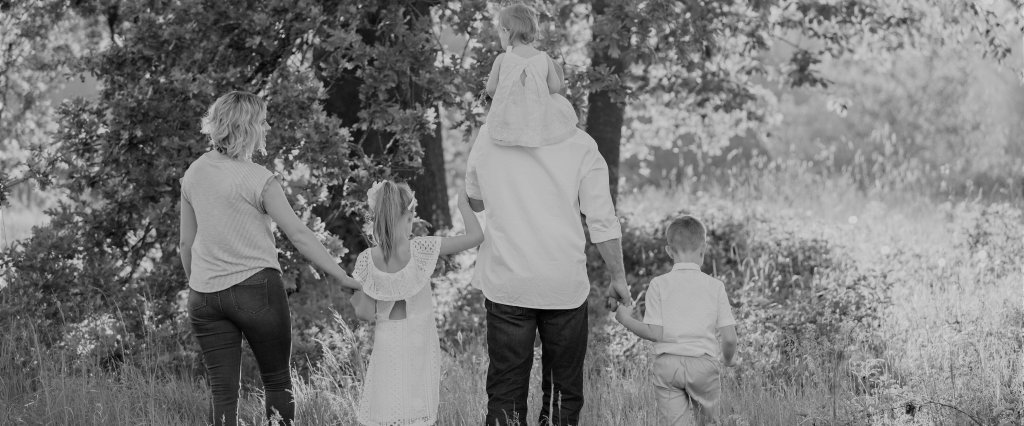Separation or divorce are painful, difficult and time consuming processes and more so where children are involved. Few couples manage to amicably separate and sadly, this applies to couples who have a child or children together too.
Although it may seem obvious, my experience is that couples who are separating and have children often fail to recognise that they in fact will always have a relationship with each other as parents of the same children. Whether this is openly and maturely acknowledged as in the case of couples who co-parent, or not, as in the extreme case of parental alienation, there remains, nonetheless a relationship.
What is Parental Alienation?
Broadly, parental alienation occurs when a child becomes hostile, fearful and generally unwilling to engage with one parent as a result of the either the psychological manipulation of one parent or, more often, the toxic relationship between both parents. It is extremely damaging to children and can lead to mental health issues including self harm and suicidal ideation.
Parental alienation is on a scale from a parent making negative remarks about the other parent, or one parent ‘forgetting’ their responsibilities on relation to their child (an agreement to pick them up etc.) through to psychological manipulation and control.
The child as centre stage
Whilst the process of separating can be extremely painful and difficult, it is critical that parents find a way to establish a working relationship in co-parenting their child. This starts from the point of agreeing together the narrative they are going to tell their child about the separation through to long-term parenting commitments.
The role of psychotherapy
Experienced couple’s psychotherapists are able to work with a couple to move beyond their
grievances and establish a framework within which they will work together to fulfil the same job: raise their child and create emotional stability for them.
The impact of divorce on children
Society and parents tend to enormously underestimate the impact that separation and divorce can have on a child. For children, their entire stability is predicated on the stability of the parental unit and when this gets rocked or shaken to its foundations, the impact on a child can be enormous.
Studies have been undertaken measuring the impact of divorce on children and in many cases the psychological impact can be greater than losing a parent through death. The reason is because, generally, when a child is bereaved, the other parent (along with the broader family and society) enables the child to grieve a very tangible loss. With divorce, and especially where the split is contentious, children often feel they need to ‘pick a side’ and are unable to grieve the loss of the parental unit.
Top tips to focus on when separating and a child or children are involved –
- Separate out grievances towards each other about the end of the relationship and your job as parents;
- Agree a narrative that is age appropriate to tell your child about what is happening;
- Reassure your child that you continue to both be there for them;
- Avoid displays of conflict in front of your child;
- Recognise that you NEED to put your child first and that all children want two parents and would prefer their parents to stay together;
- Allow and facilitate the grieving process for your child.
To enquire about psychotherapy sessions with Mark Vahrmeyer, please contact him here, or to view our full clinical team, please click here.
Mark Vahrmeyer, UKCP Registered, BHP Co-founder is an integrative psychotherapist with a wide range of clinical experience from both the public and private sectors. He currently sees both individuals and couples, primarily for ongoing psychotherapy. Mark is available at the Lewes and Brighton & Hove Practices.
Further reading by Mark Vahrmeyer
Space: The Final Frontier of Manic Defence
Do Psychotherapists Need to Love Their Clients?
Unexpressed emotions will never die
What is the purpose of intimate relationships?
Why ‘Cancel Culture’ is about the inability to tolerate difference



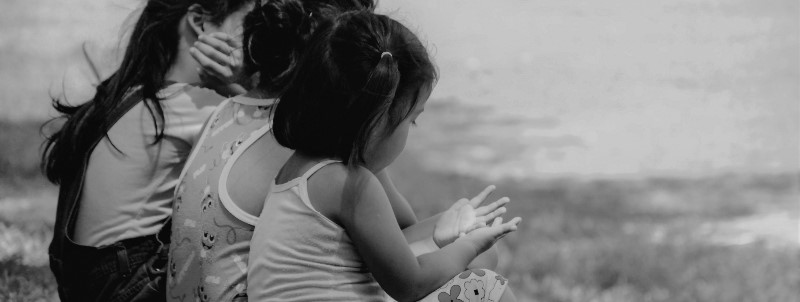


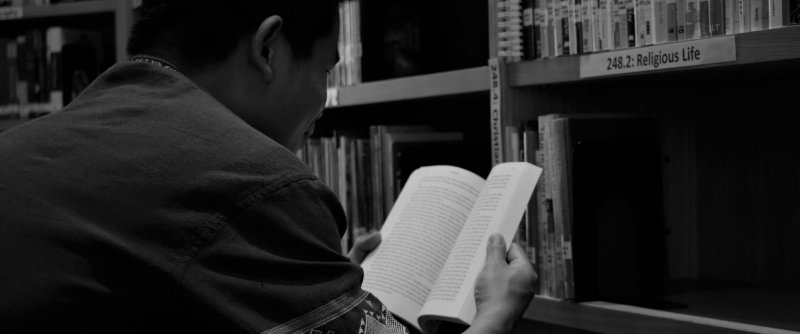

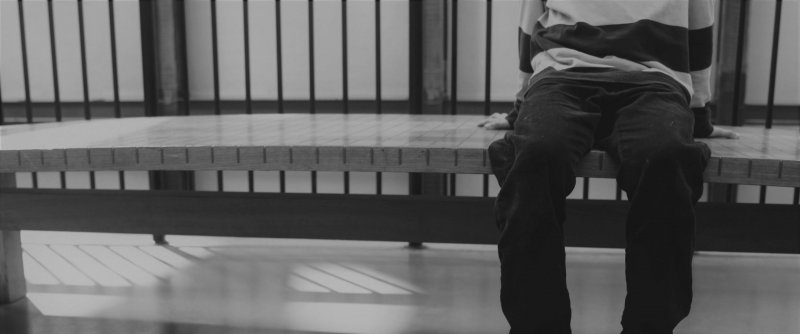


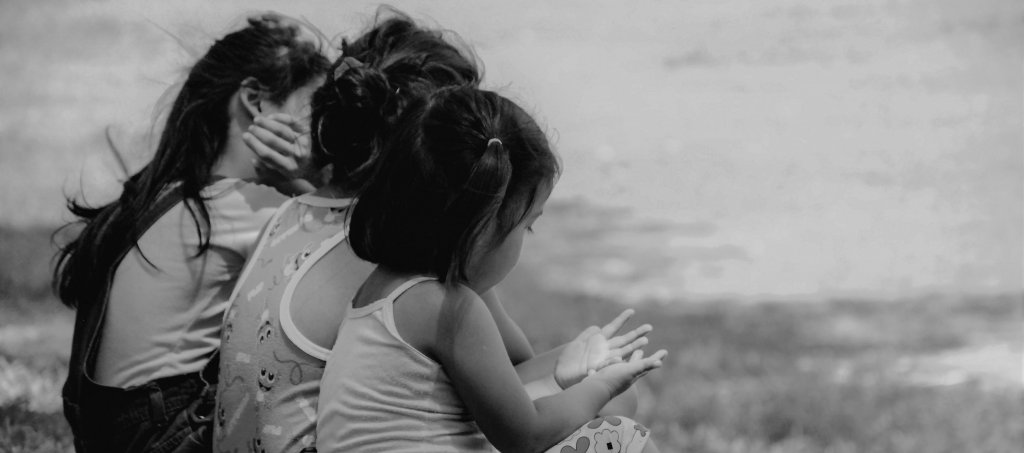
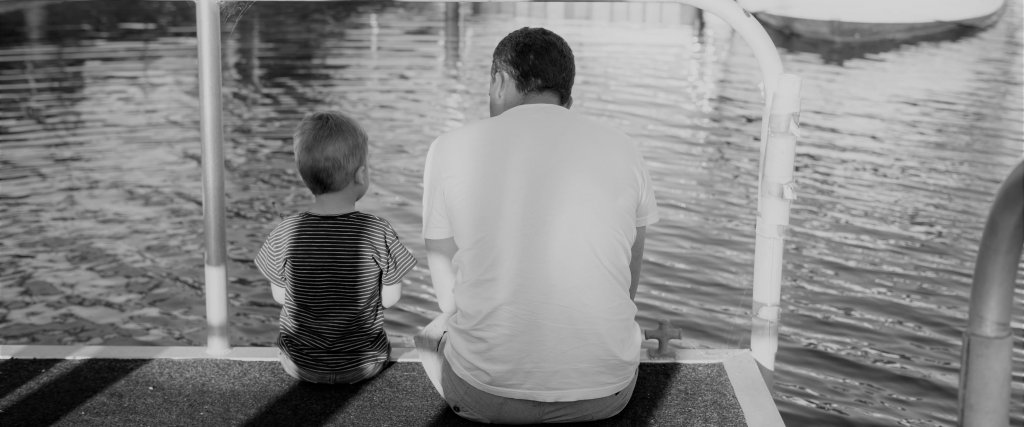
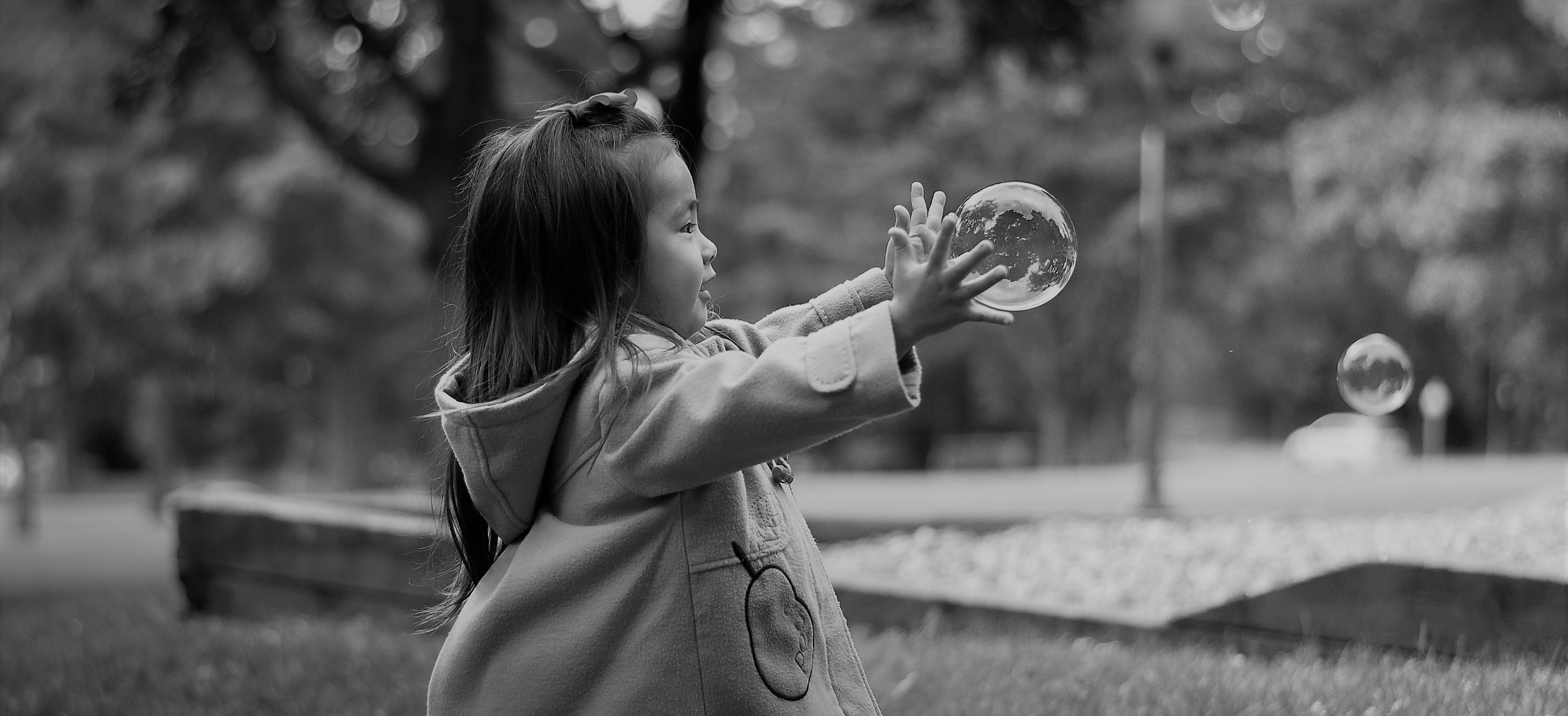 “Watch your plants and see what they’re telling you” (Ollie Walker, Hosta grower, Gardeners’ World, BBC2, 14.6.19).
“Watch your plants and see what they’re telling you” (Ollie Walker, Hosta grower, Gardeners’ World, BBC2, 14.6.19).